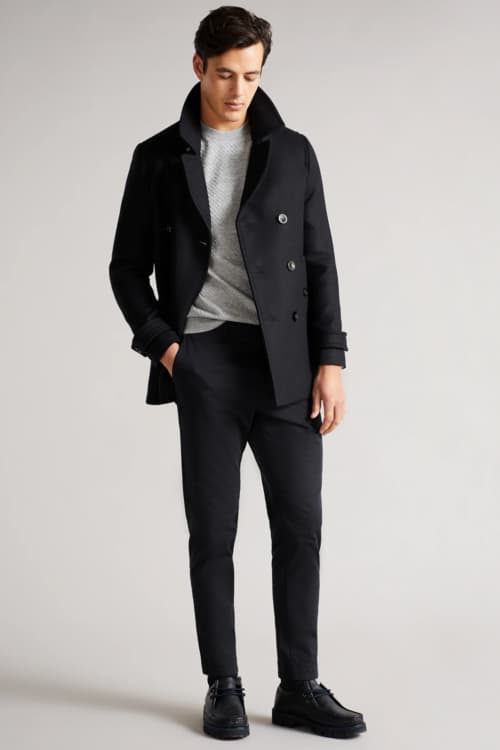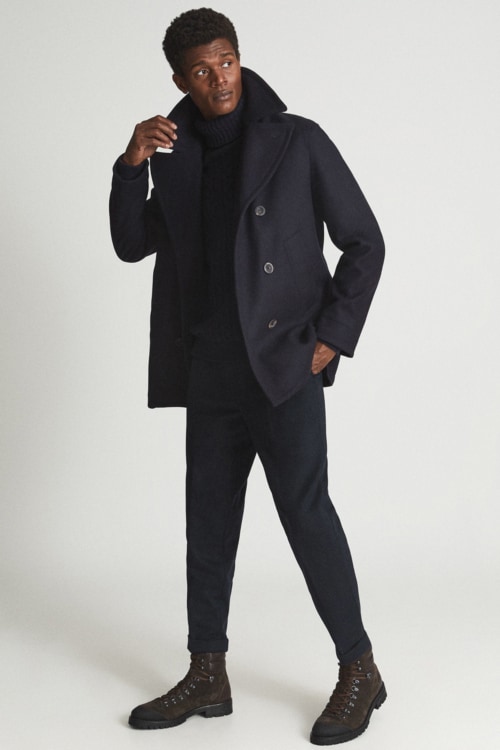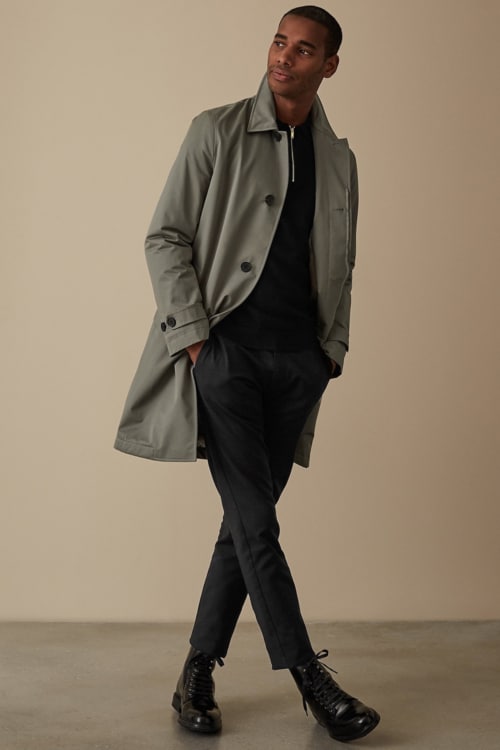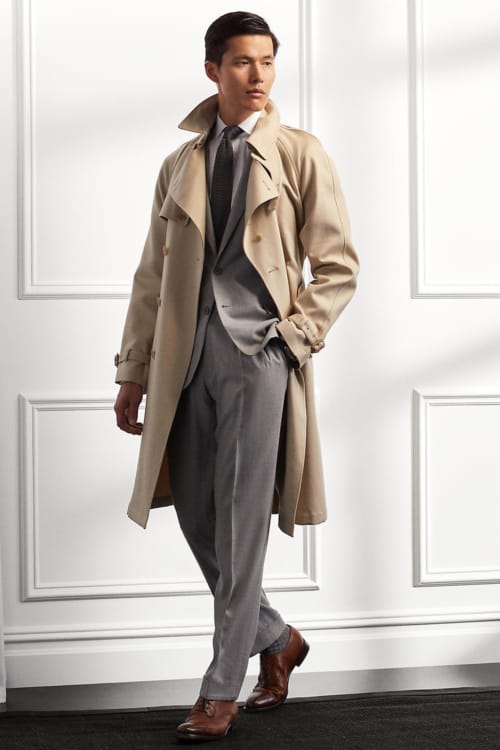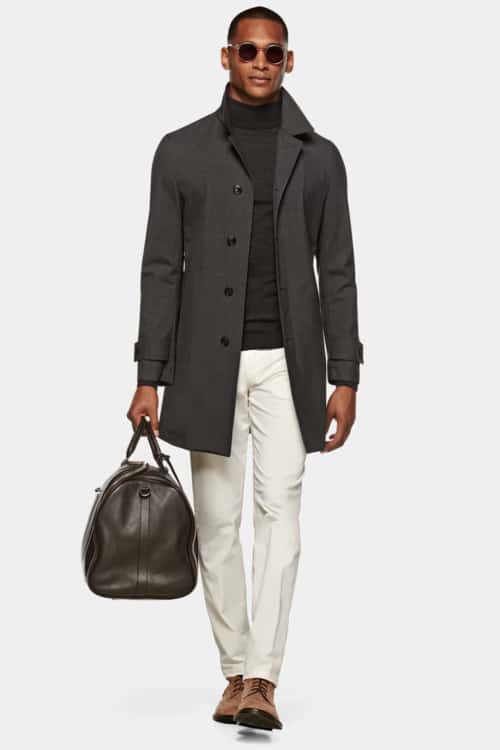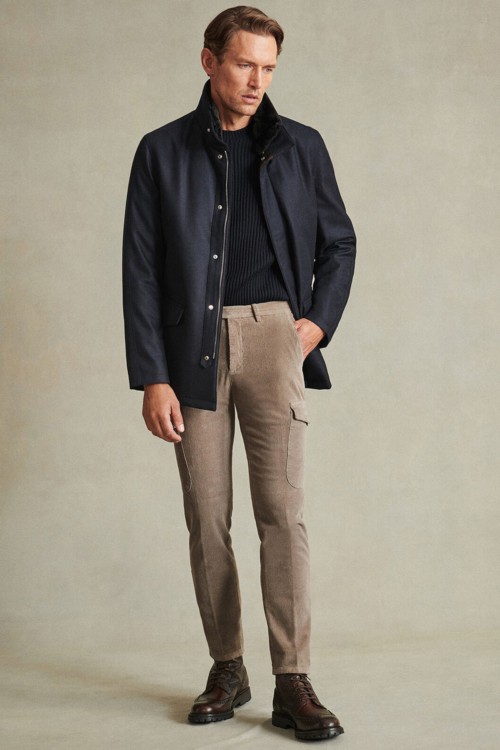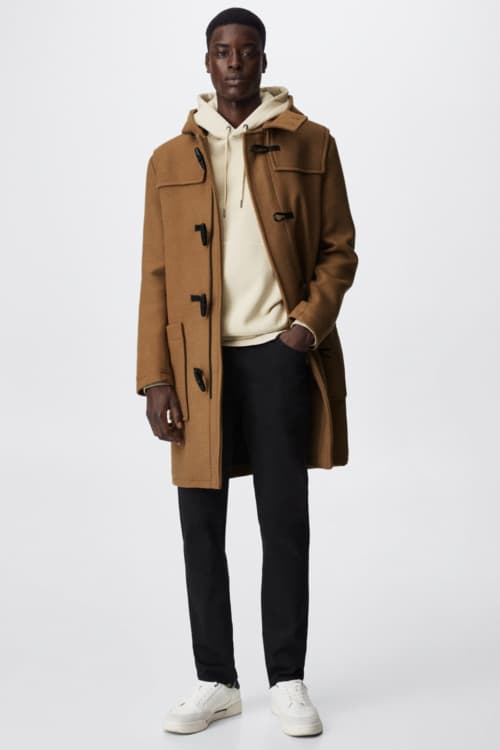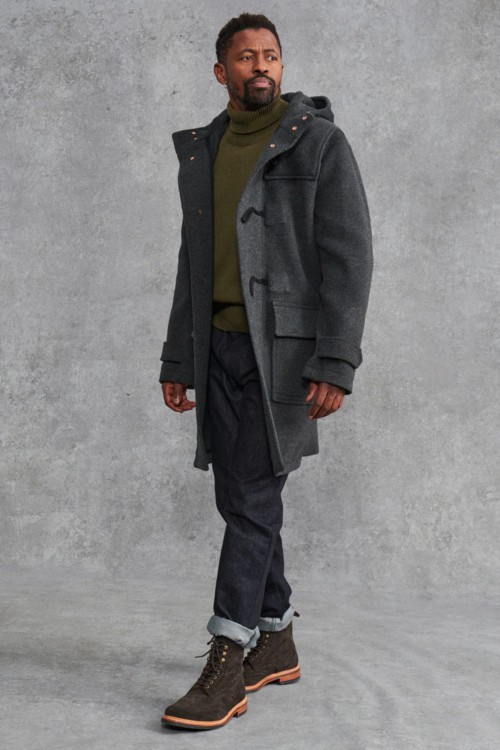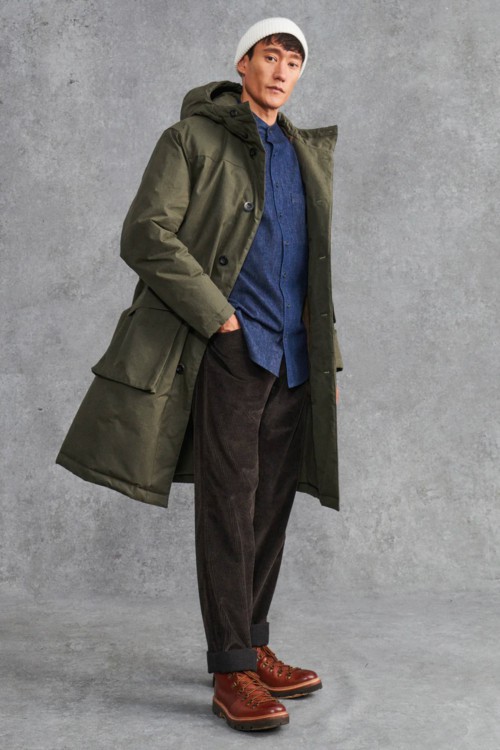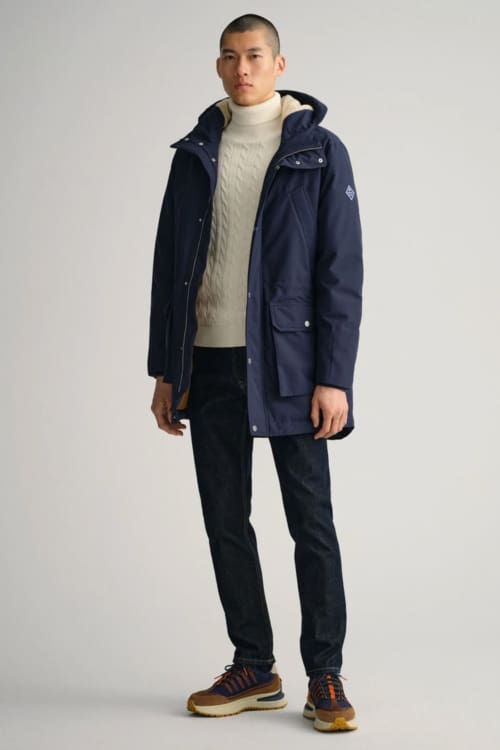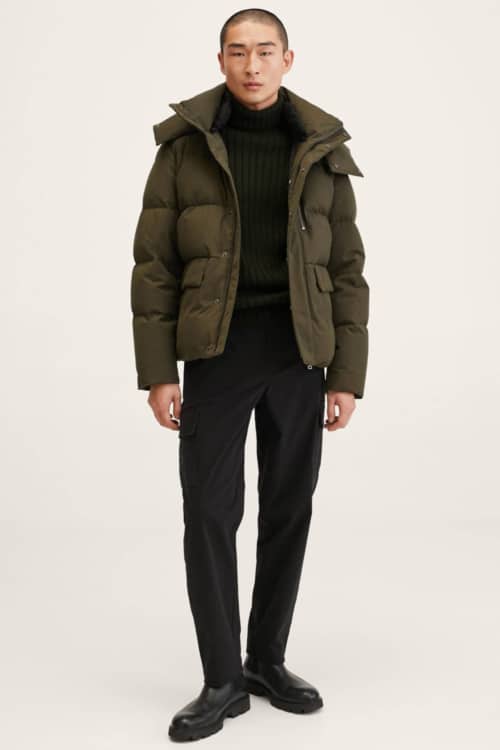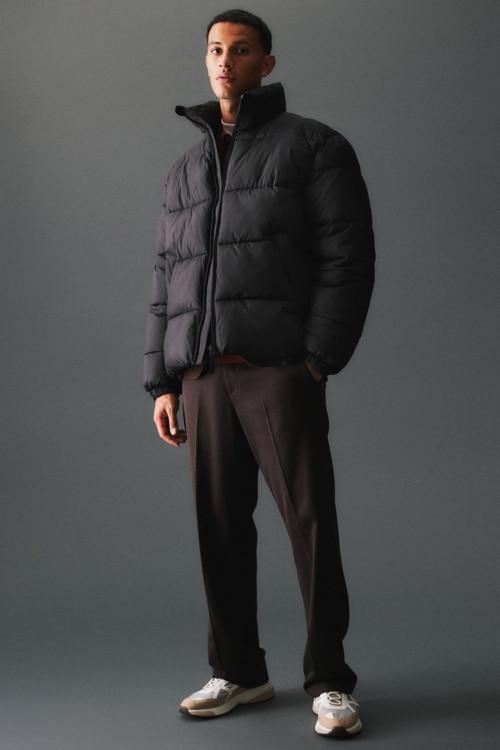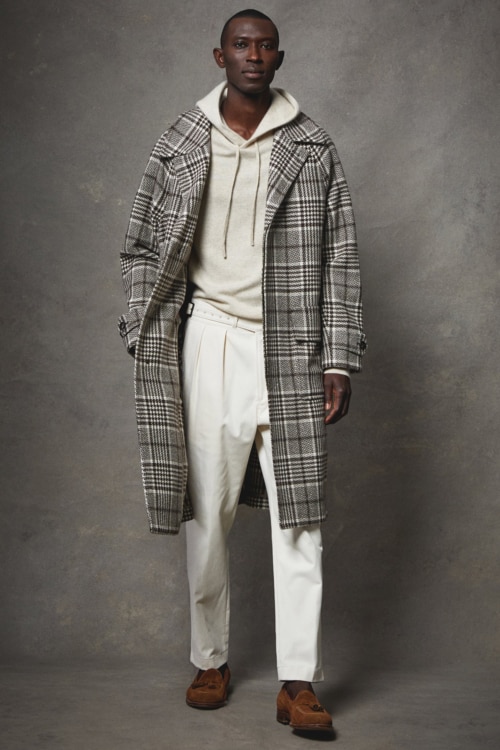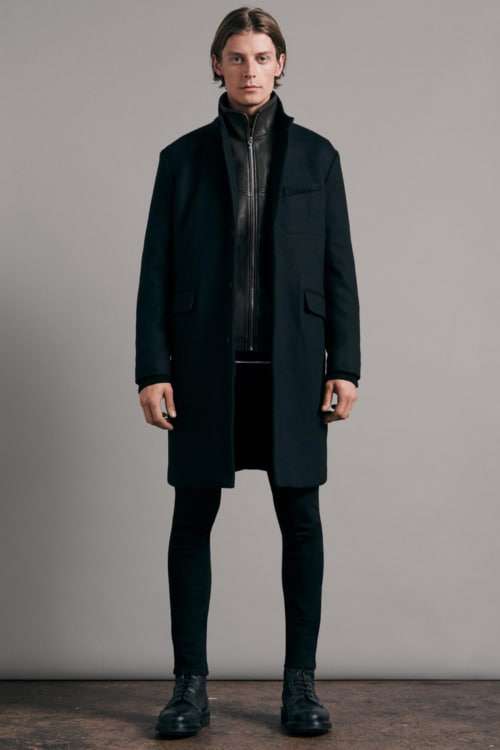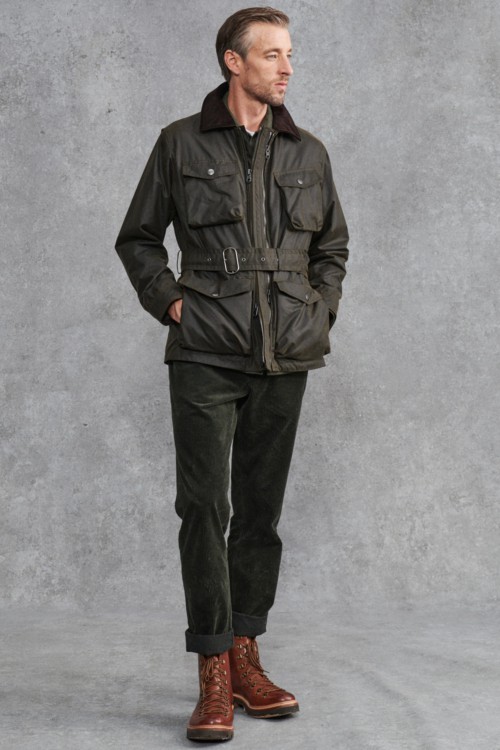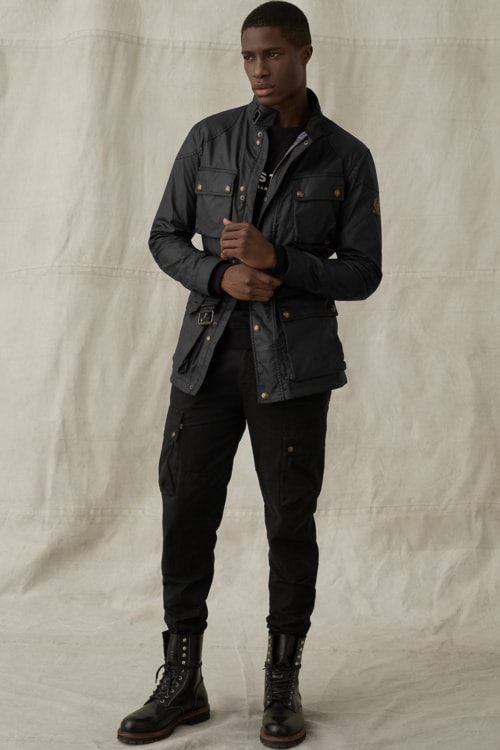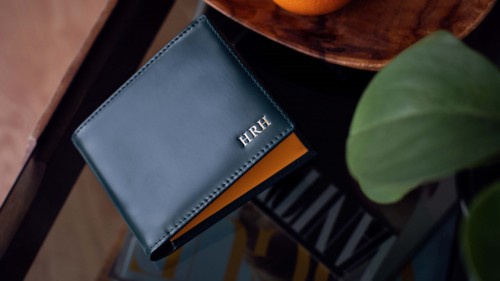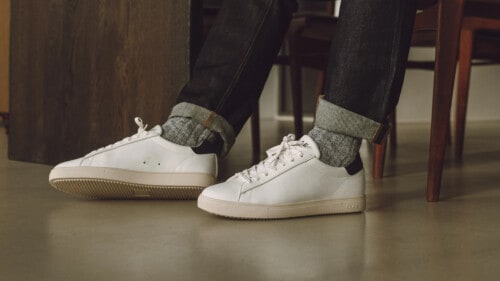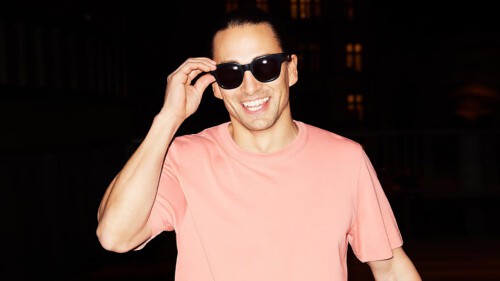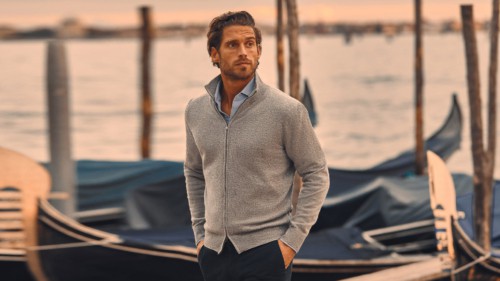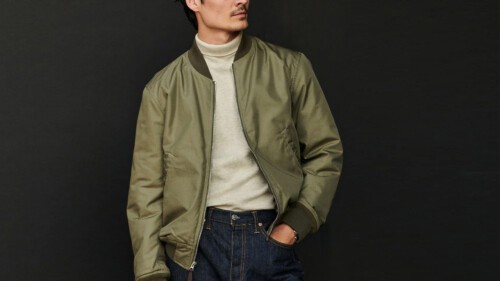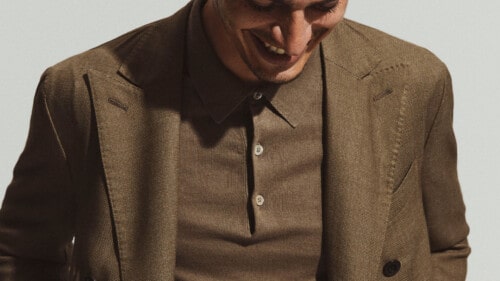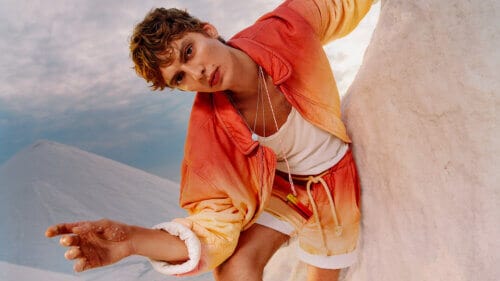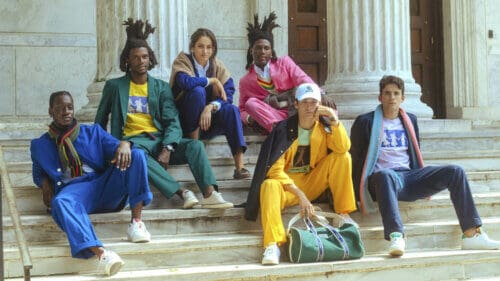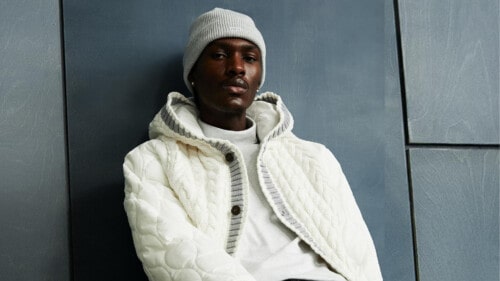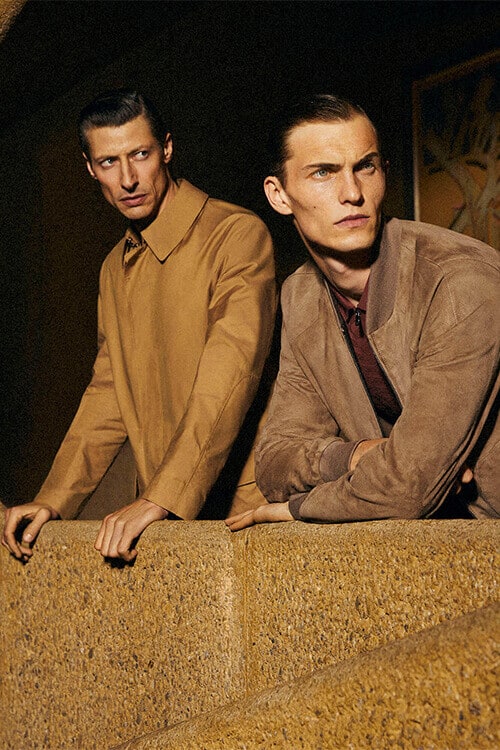8 Stylish Winter Coats You Should Consider For 2024
You can measure the quality of a winter wardrobe by the diversity of its outerwear, so we’ve curated the coats that will help starve off the cold in style this year.
Winter style is a necessary combination of form and functionality; staying warm and looking good while you’re at it. It’s not complicated, especially when you consider that the one item most people will see on you outdoors is your coat. For us, this is all the more reason to spend a good amount of time and money on curating an outerwear rotation that looks great and protects you from the elements.
No matter how good your ensemble, throw a poor coat over the top and you’ve scuppered your efforts. Investing in a handful of different winter coats ensures you can be flexible when it comes to your various fits and gives your wardrobe more dexterity to boot.
From rain-loving military silhouettes to contemporary technical puffas via iconic wool classics, you’ll find all of the critical styles to invest in below.
The peacoat
Originally designed to protect mariners from the harsh conditions experienced at sea, it’s thought that some version of the peacoat has been around since the early 18th century. The name is said to come from the Dutch word pijjekker, in which pij refers to the type of cloth used (a coarse twilled navy blue cloth with a nap on one side) while jekker is the term for a short, heavy coat.
Another theory is that the name comes from ‘pilot cloth’, which was abbreviated to P-cloth. Either way, the peacoat is a military-inspired navy coat characterized by its short length, broad lapels, a double-breasted front, three or four large buttons (configured in two rows) and vertical or slash pockets.
Older versions used to be made from navy blue Kersey wool that was only lightly treated in order to retain much of the natural lanolin oil, which aids waterproofing. Later on in the 1940s, the likes of Schott started to use lighter melton wool with a lining. Today, peacoats are not made for mariners, hence why the tough wools of old have been swapped out for much more luxurious merino and lambswool.
You’d be hard-pressed to find a menswear label that doesn’t produce a peacoat these days, such is its popularity, so there are plenty of options for every budget. At the more affordable end, Schott’s peacoats are fantastic, made with 32oz melton wool for a warm rugged finish, whereas luxury outerwear brands like Burberry and Mackintosh produce stunning versions in virgin wool and even cashmere.
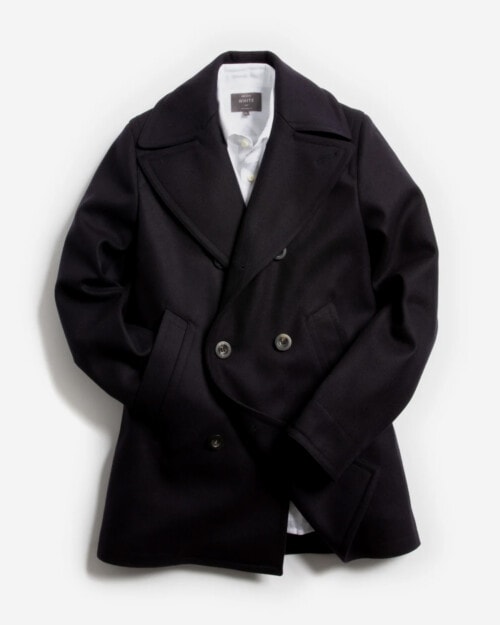
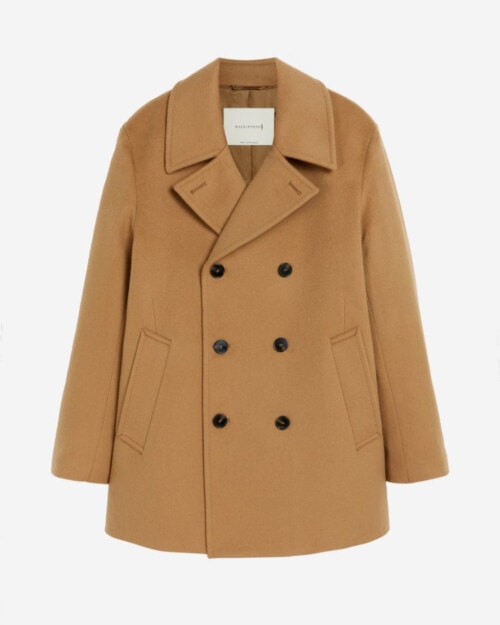
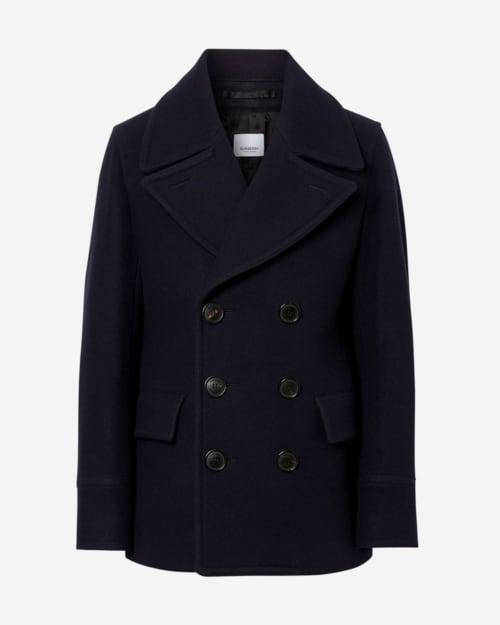
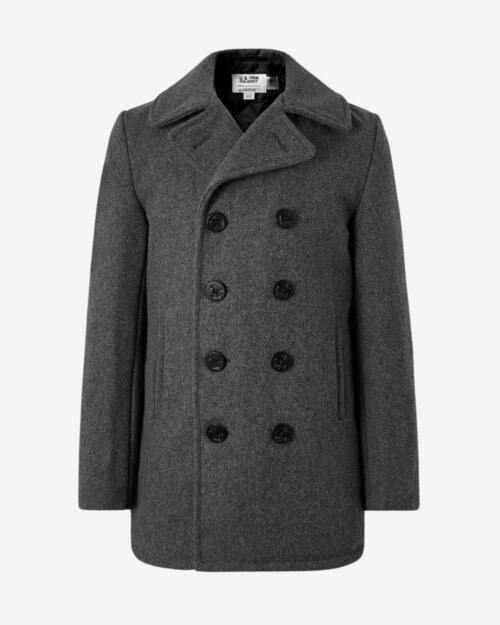
How to wear it
The double-breasted cut of the peacoat reduces its formality somewhat, and because of how short it is, you wouldn’t typically wear it with a suit, as evidenced by Daniel Craig in both Casino Royale (2006) and Skyfall (2012).
That said, it’s still a relatively smart silhouette that works well within a smart casual aesthetic. Wear it over a navy crew-neck sweater with slim selvage jeans and Chelsea boots for a modern masculine look.
The trench coat
While trench coats get their name from the means of battle in World War I, the use of weatherproof cotton began as early as 1823 thanks to one Charles Mackintosh. Thirty years later, Mayfair gentlemen’s clothier John Emary patented a water-repellent fabric, later renaming his company ‘Aquascutum’ – from the Latin, aqua meaning ‘water’ and scutum meaning ‘shield’. Around the same time, Thomas Burberry also invented a waterproof gabardine.
All of these developments were considered very high-tech at the time, and while weatherproof fabrics have moved on, the style of the trench coat has remained perfectly timeless. Although Burberry’s belted macs have been subtly redefined and reconfigured for a fashion-forward contemporary clientele, it is still faithful to those original designs and makes for one of the more elegant pieces of functional outerwear one can own.
Like the peacoat, the trench is double-breasted with wide lapels and a 6-10 button fastening. Traditional styles also featured a pleated storm flap across the shoulders to repel the rain. It’s almost always made from heavyweight treated cotton but you can find contemporary versions cut from technical fabrics and rubberised yarns.
Of the two companies that commercialized the trench coat, Burberry is the only one that has stood the test of time. Yes, Aquascutum still exists, but you’ll need to go to China to find a store. Burberry’s Kensington trench coat comes in a variety of colors, as well as three different lengths. Besides Burberry, you’ll find that pretty much every luxury brand produces its own version of the trench coat.
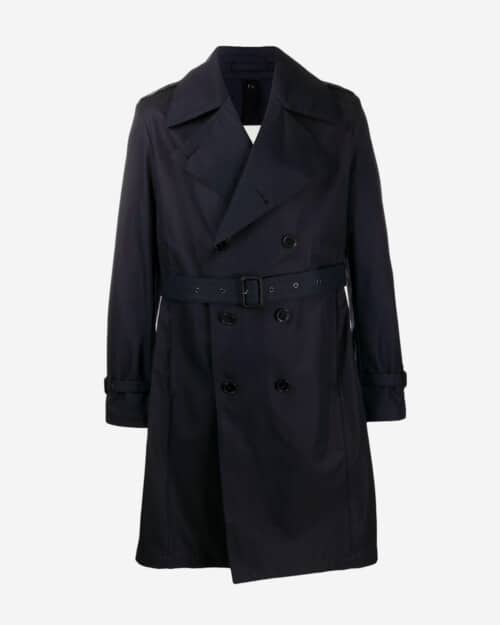
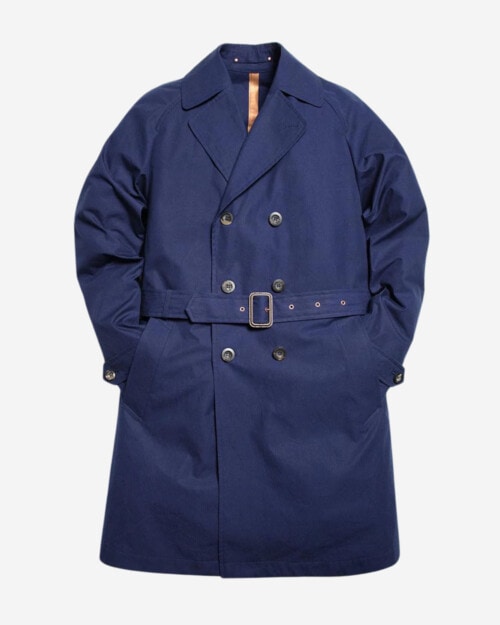
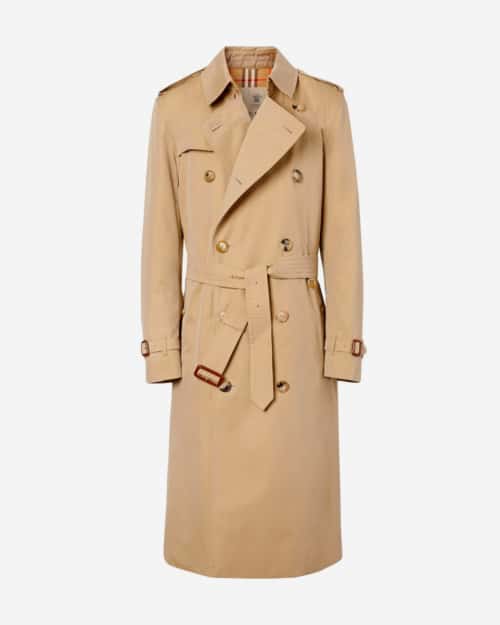
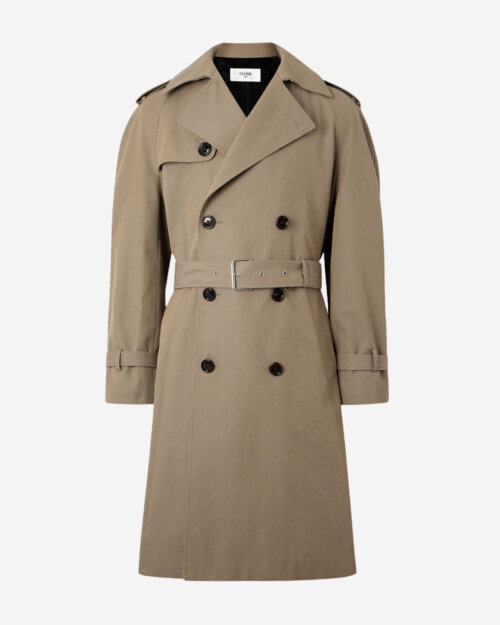
How to wear it
Its military origin gives the trench coat a certain tailored quality, especially when belted, cinching the waist and broadening the shoulders for a very masculine silhouette. For that very reason, longer versions are a fantastic option to wear over a business suit for the daily commute.
However, short- and mid-length versions are arguably much more versatile, allowing them to be combined with everything from streetwear-inspired wide-leg pants and hoodies to tailored trousers and unstructured sports coats.
The traditional trench almost always comes in a beige tone, so it’s easy to contrast with a dark suit or separates, while at the same time being a great accomplice to a light tonal look.
The car coat
As the name might suggest, the car coat was originally intended for the early motorists who, in their open cabins, were at the mercy of the weather they were careering through. Hence the early car coats were often cut from fur, leather or heavy wool.
The design was quite minimalistic, with little in the way of embellishments or design features, and was cut short enough (to mid-thigh) so that it covered enough of the body and didn’t ride up at the back.
Today’s car coat is a much slimmer garment and typically created in cotton or technical cloths. The silhouette is svelte, single-breasted, with a turn-down collar and button closure.
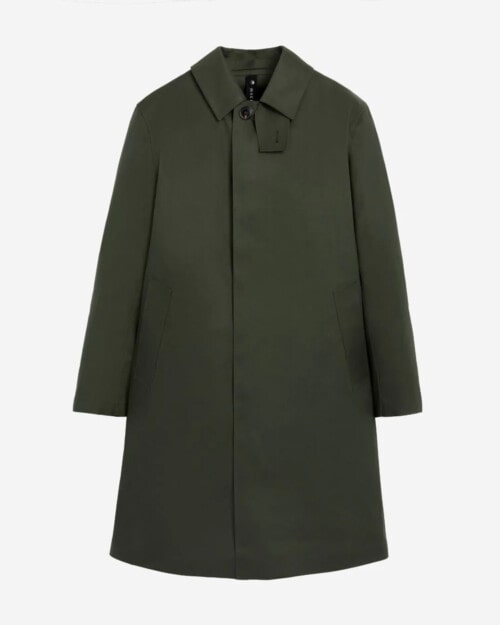
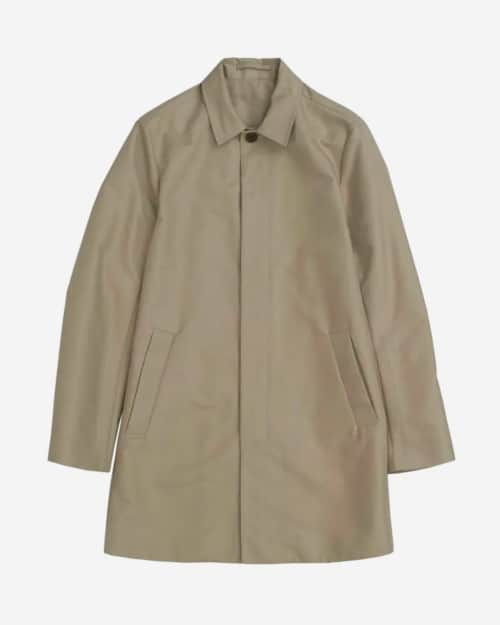
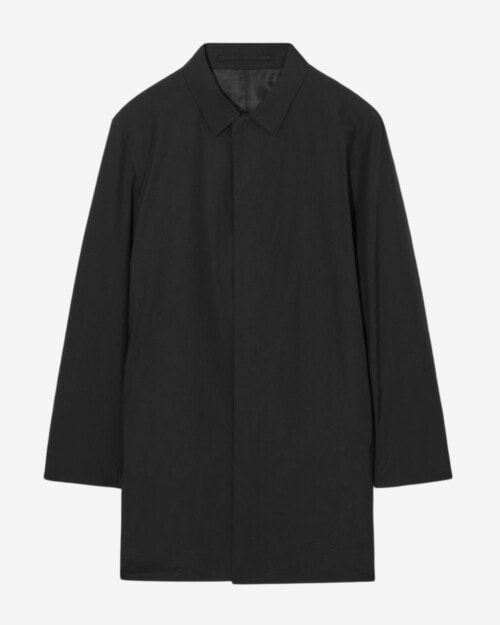
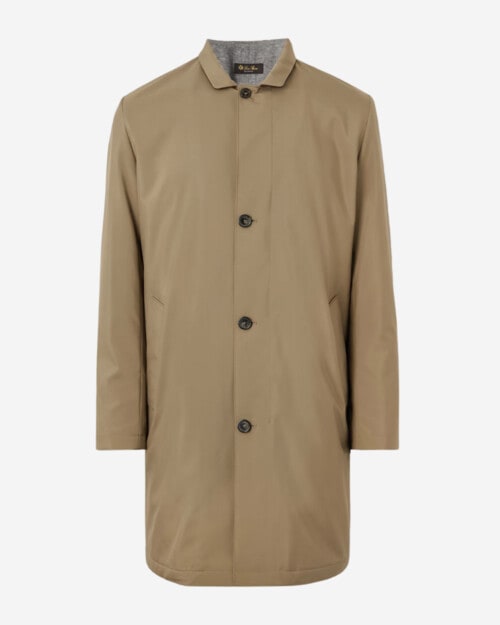
How to wear it
The modern car coat is revered for its versatility since it perfectly traverses the smart-casual divide. Being tailored and minimalist, it can be worn over a suit throughout the week, while at weekends it’s a shoo-in with chinos or jeans, a flannel shirt and sneakers.
Given it’s usually waterproof, you’ll get so much stylish use out of it.
The duffle coat
The duffle (or duffel, depending on which side of the Atlantic you swim in) is a fantastic winter coat that has remained largely unchanged since it was first mass-produced for the Royal Navy in the 1890s. It takes its name from the Belgian town of Duffel, where ‘Duffel cloth’ was spun.
Its iconic features include the instantly recognizable toggle-and-rope fastenings (which were inspired by Polish frock coats), as well as patch pockets and a large hood. The British Royal Navy produced great numbers of duffle coats for World War II, many of which eventually found themselves in surplus stores. These became fodder for students, hence why the duffle coat is often conflated with vintage preppy style.
One company, Gloverall, bought up huge numbers and started developing its own styles for the modern consumer. And the brand remains one of the leading manufacturers of duffle coats to this day.
Most modern-day duffle coats come in either a full-length or mid-length cut. Both are casual jackets that you can wear through fall and into the depths of winter. You’ll find various types of wool used, from smarter virgin wool herringbone weaves to more textural styles. Many come with bold tartan linings, which are great for adding splashes of color when you wear the coat open.
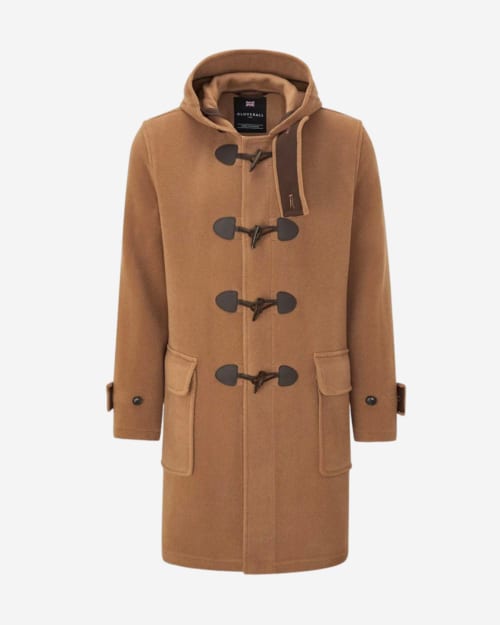
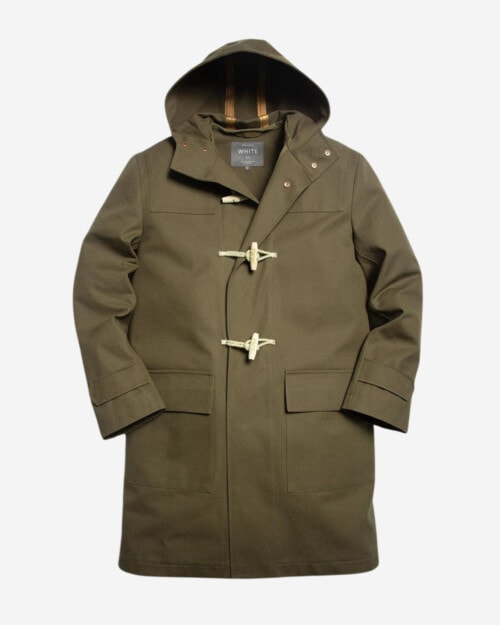
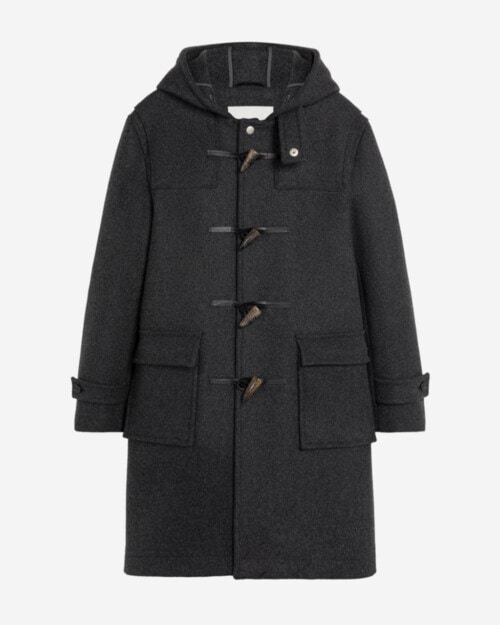
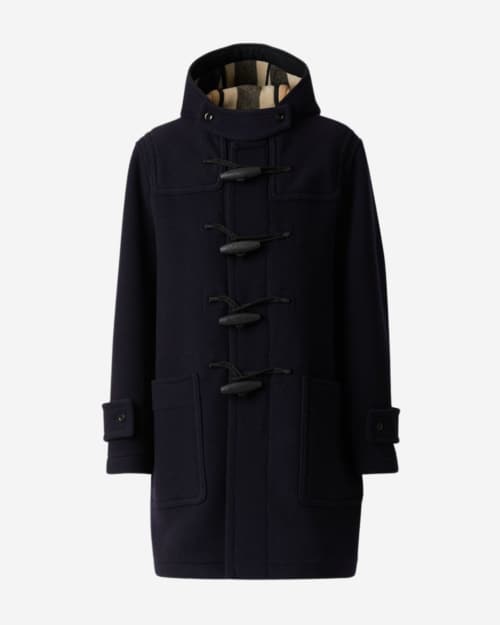
How to wear it
Being a casual and rugged coat, the duffle pairs perfectly with jeans and boots. Its maritime heritage means it looks great layered over chunky fisherman cable knits or roll-neck sweaters, but it will also complement a more preppy sailing aesthetic when combined with chinos and an OCBD.
The parka jacket
Believe it or not, we humans have been wearing parkas as far back as the 15th century when the Inuits of Greenland were fashioning hooded anoraks from seal pelts. The word ‘parka’ actually comes from the Nenets language, spoken by the indigenous people of the Aleutian Islands, and simply means ‘animal skin’.
Suffice to say today’s parkas are not constructed from seal, but the silhouette hasn’t changed all that much – characterized by a mid- to long-length cut, often with an internal waist cinch, and oversized hood. The parka we’re familiar with came out of the US military in the 50s, when it was designed for flight crews en route to cold climates. It earned the nickname ‘snorkel parka’ because of the way it could be zipped right up to the face.
Originally made with a sage green DuPont flight silk nylon outer and lining, it was padded with a wool blanket-type material until the mid-70s when the padding was changed to polyester wadding, making the jacket both lighter and warmer.
As with a lot of military outerwear, great numbers of parkas found themselves in surplus stores post-World War II. These were then appropriated by the younger generation and subsequently woven into the fabric of subcultural movements. The fishtail parka was especially favored by the Mods since it kept them warm and dry on their scooters.
Today, the parka comes in a great many shapes and sizes, from super-lightweight technical styles to bigger insulated versions for the depths of winter.
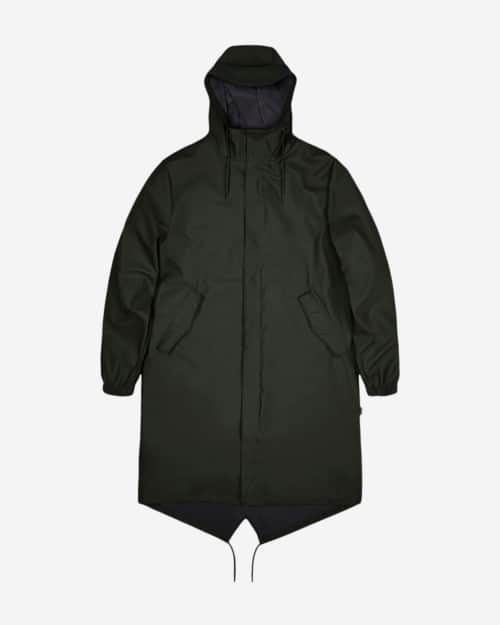
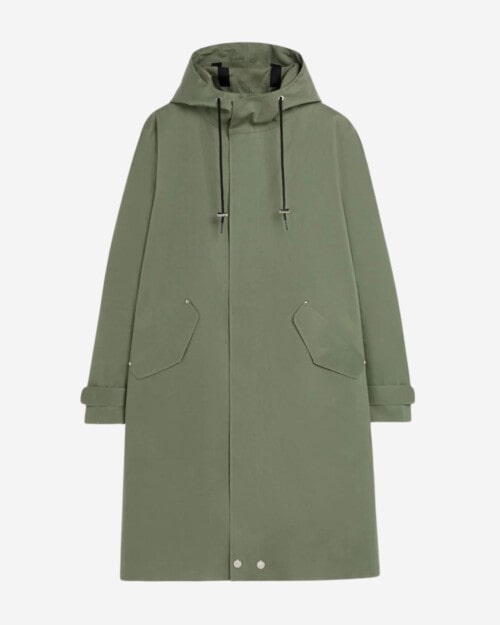
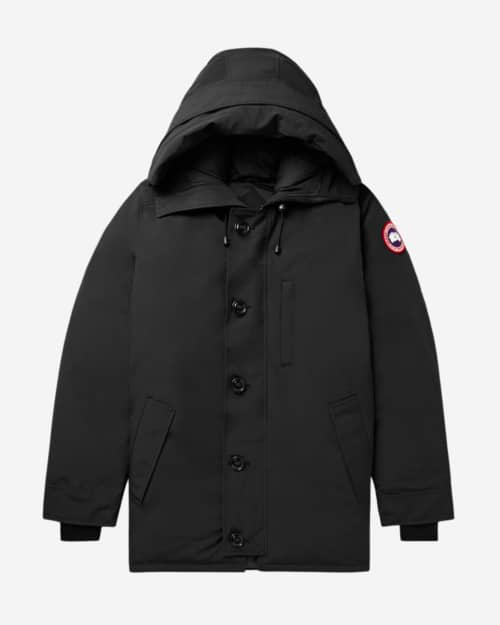
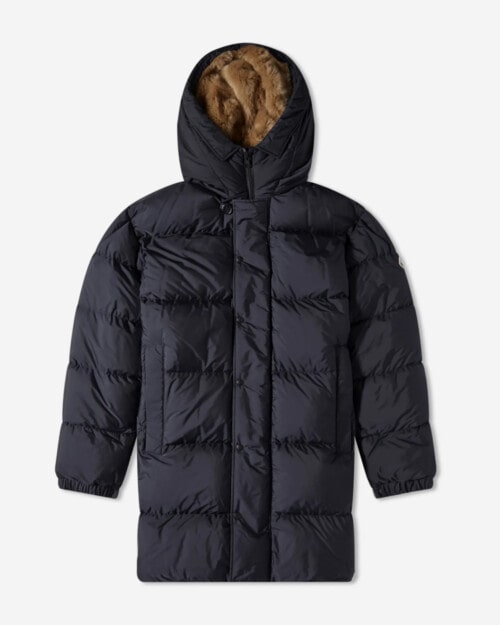
How to wear it
With a relaxed loose fit, the parka is the perfect fall jacket to add to your casual wardrobe. Lightweight oversized styles in technical fabrics or waterproof cotton are easy to style with jeans and knitwear, or you can smarten the look up with khaki pants and rugged boots.
Classic fishtail styles typically come in an olive green tone that works well with other autumnal hues, whereas the more insulated versions are more often than not in black or navy and make for a smart, functional option when teamed with black tailored pants and military boots.
The puffer jacket
The down jacket, AKA ‘the puffer’, has become an icon of modern menswear, with a slew of contemporary brands springing up over the last few decades specializing in it, such is its popularity. From Moncler to Herno via every other fashion house that exists, the puffer has enjoyed cult status, evolving from a utilitarian outerwear product to a high-end status garment.
Now the puffer jacket is not only ubiquitous but has morphed into an entire genre of down-filled jackets that encompasses everything from tailored blazer styles to floor-length oversized coats via gilets and nylon laqué creations. The puffer jacket tends to be characterized as a short style with or without a hood, and quilted with down-filled pockets to create a voluminous effect that is supremely warm.
For the best luxury iterations, French brand Moncler is hard to beat, garnering a cult following of late thanks to its ability to take what is essentially an outdoor insulation layer and turn it into a slick contemporary piece of fashion that can be worn with even the smartest of looks.
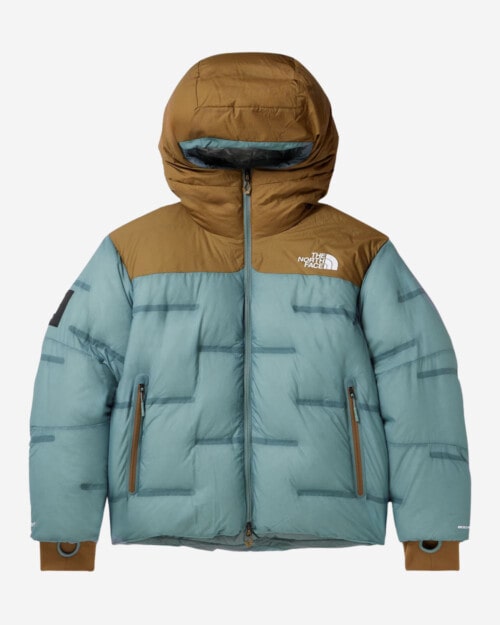
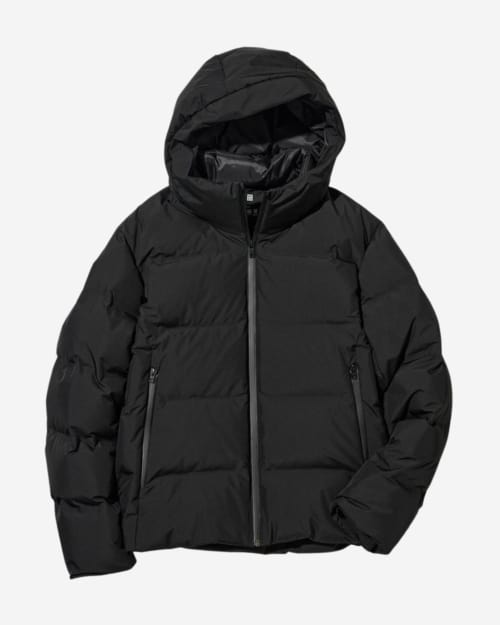
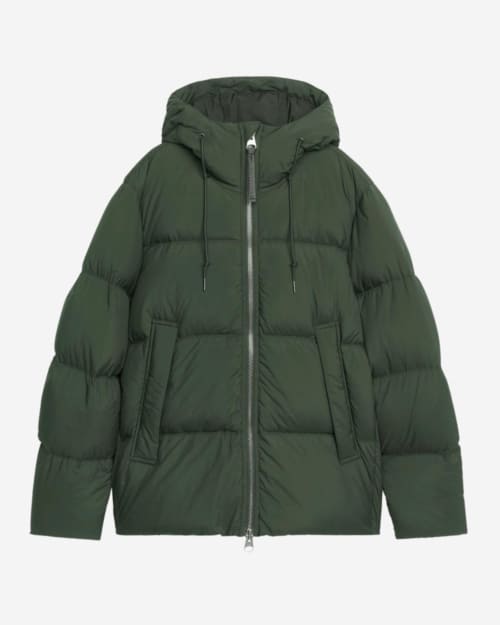
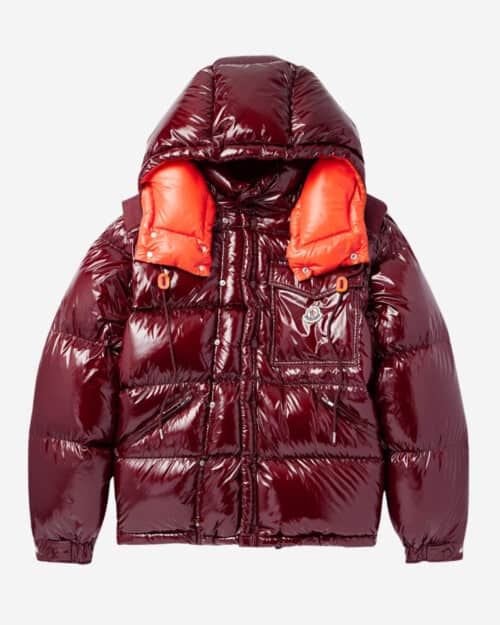
How to wear it
Just know that there are puffer jackets that are exclusively worn to keep warm, and there are puffer jackets designed to turn heads. Of the former, the likes of Patagonia, Arc’teryx, the North Face et al. all produce excellent versions in super-technical fabrics that can be incorporated into a casual outdoorsy wardrobe.
The more fashion-forward styles by brands such as Moncler, Craig Green, Prada and Burberry can be worn with a host of different looks, from contemporary smart to streetwear. In the middle are labels such as Herno, Parajumpers and Ten C, which have all created their own unique spin on down-filled jackets.
In the end, you’re likely wearing this style of jacket to combat the cold, so don’t overthink it – buy one in a neutral, versatile colorway and throw it on over anything and everything in your wardrobe throughout winter.
The overcoat
What is a winter wardrobe without an overcoat? An essential part of menswear ever since the late 18th century, when it was popularised by Regency dandies, the overcoat has typically been a smart tailored style constructed from wool so as to keep warm and protect one’s ‘smart’ clothing.
The aforementioned dandies preferred a double-breasted overcoat that was narrowly waisted, but the vast majority of modern overcoats are not quite so trussed up, being cut in a single-breasted and more voluminous silhouette to allow for greater comfort and freedom of movement. Wool still prevails as the preferred choice of fabric.
After the dandies, the overcoat became a military garment, with members of the British Army wearing single-breasted styles, while the British Navy issued double-breasted versions, right up until the 50s. The overcoat baton was then handed to the Teddy Boys, who contrasted its large silhouette with slim suit jackets and drainpipe trousers.
Various types of overcoat have spun out from the original military silhouettes, the most well-known being the Chesterfield coat, recognizable by its velvet collar.
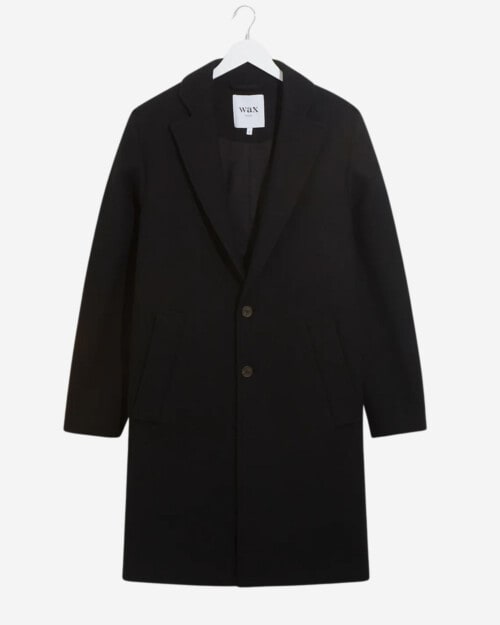
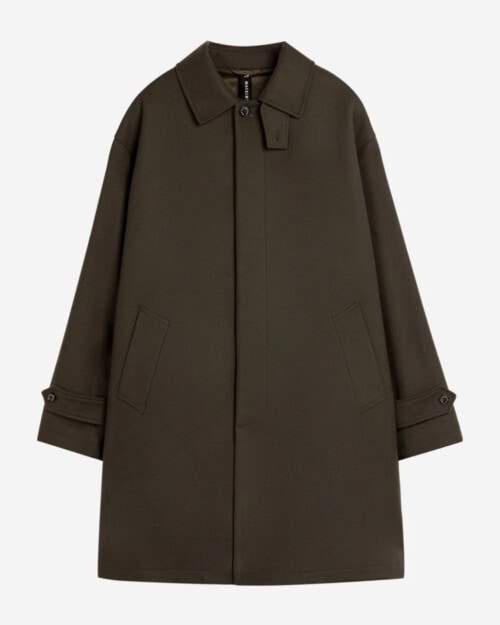
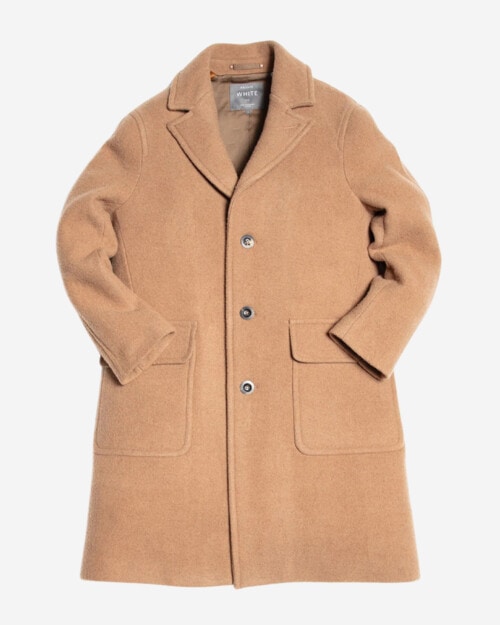
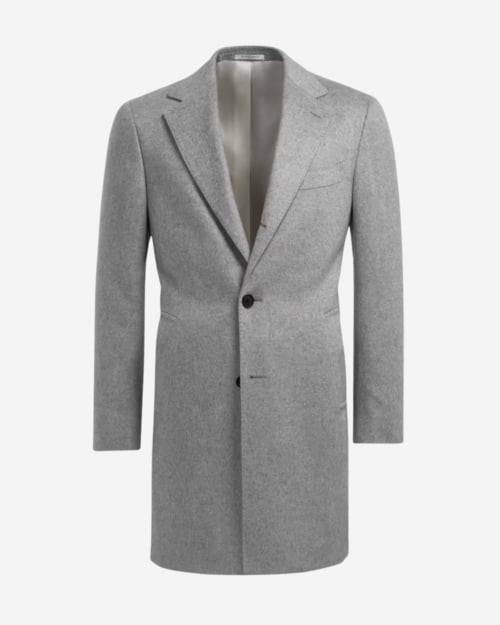
How to wear it
The overcoats of today tend to be almost exclusively single-breasted with a comfortable silhouette, if not a little oversized. The button configuration is varied, with sleek minimal designs using a single-button closure, but most of the time you’ll find them with three.
The types of wool used also vary wildly, from rugged melton to very fine merino and merino blends (silk, alpaca, mohair, you name it). Herringbone is a popular weave at the smarter end of the spectrum as it has a nice flat finish and combines well with a suit or tailored separates, while wool blends with mohair give the overcoat a much more textural and tactile handle, better for wearing with more casual, contemporary looks.
A patterned overcoat can be a really striking element to elevate your winter wardrobe, with houndstooth and checks being excellent examples that are both easy to style – just keep your fit pared-back and let it take center stage.
The waxed jacket
A true icon of the British countryside that has, over the decades, evolved to become an essential wet-weather fashion garment. Adopted by the motorcycling community along the way, from the 1930s onwards, the waxed cotton jacket has typically been cut in a field jacket silhouette, but today you will also find boxy oversized styles as well as cropped blousons and bombers.
Its heritage goes all the way back to the 15th century when Scottish sailors started waterproofing their cotton garments in fish oils. It was in 1894 that British heritage outerwear maker Barbour, based in Northumberland, began to commercialize waxed cotton jackets, and ever since then they have become an indelible part of British menswear.
Given the fabric’s weatherproof qualities, they were quickly adopted by motorcyclists, which in part led to the birth of Belstaff, which continues to make some of the finest waxed cotton jackets around. Its four-pocket Trialmaster comes belted with slanted chest pockets, designed so as to make it easier to slide your hand in while on the bike.
Most of the waxed field jacket styles are characterized by storm collar fastenings, a double-zip front and flap bellow pockets. Two-pocket jackets tend to have turn-down collars, often in a contrast corduroy fabric, whereas the sportier four-pocket styles will feature a short stand collar.
As for colors, expect plenty of black, dark green and brown options, only because the paraffin wax makes bolder hues appear dull and lifeless.

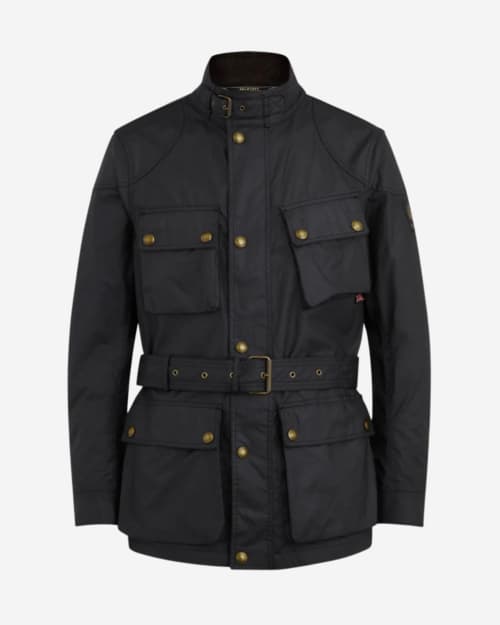
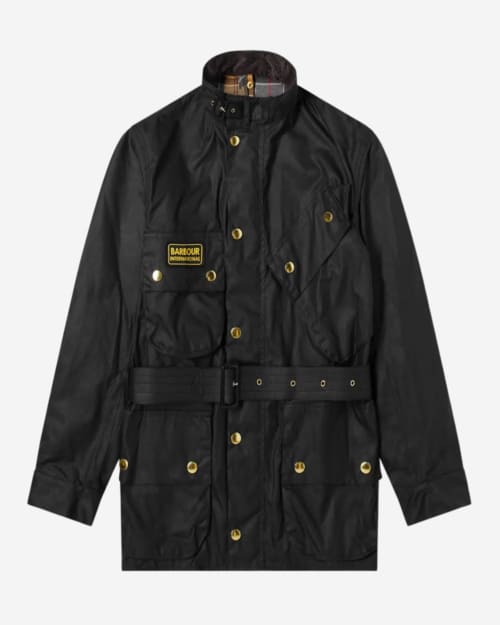
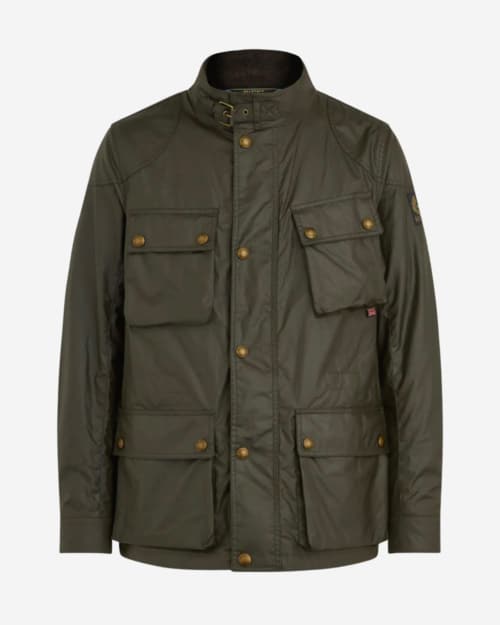
How to wear it
Black waxed cotton jackets are more suited to the city, especially the belted types which create a narrow waist and broader shoulders for a masculine silhouette. They’re great worn with an all-black outfit consisting of, say, black jeans, a black crew neck jumper and black suede Chelsea boots, but you can also use it as a contrast over tan and nude tones too.
Tan and green jackets lean more on rugged outdoorsy looks, so think plaid flannel shirts, chunky heritage knits and hardwearing heavy cotton chinos or selvage denim, bookended with a pair of country boots from the likes of Tricker’s.

